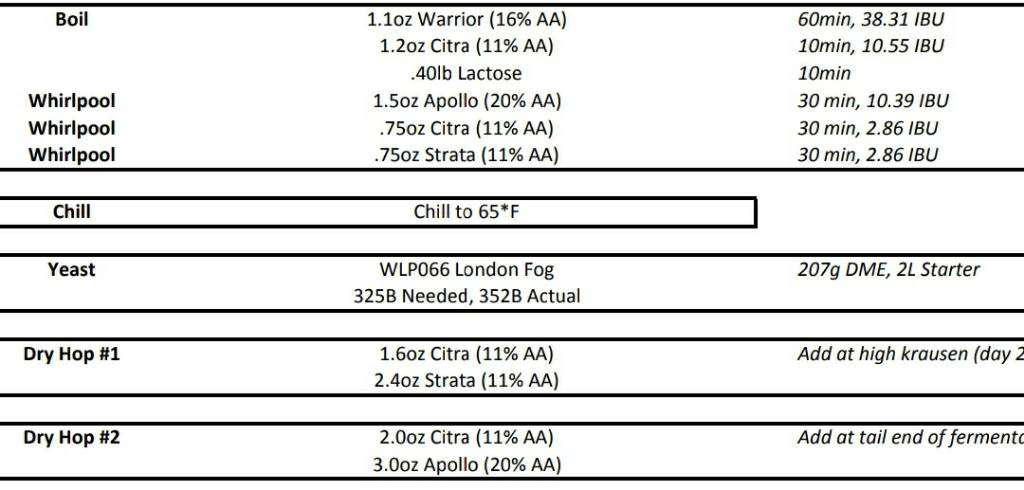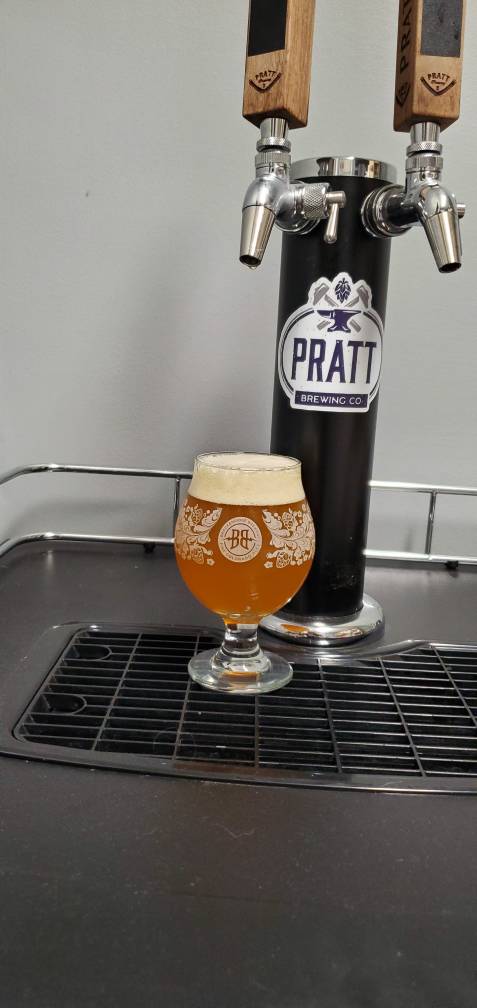I kegged this tonight, followed the original recipe. It was my first time kegging, and first time doing closed transfer... It didn't go so well! Do you guys keep the exhaust valve of the keg open when transfering or just open it from time to time?
I had tied a hop bag on the end of my racking cane which i had to remove because it seemed to block the flow...then got to filling the second 2.5gal keg and the line blocked... I ended up opening the keg and transfering directly into it

Hopefully it won't turn dark from oxidation.
On the upside the sample tasted awesome! Ill post some pics when all carbed up!




![Craft A Brew - Safale S-04 Dry Yeast - Fermentis - English Ale Dry Yeast - For English and American Ales and Hard Apple Ciders - Ingredients for Home Brewing - Beer Making Supplies - [1 Pack]](https://m.media-amazon.com/images/I/41fVGNh6JfL._SL500_.jpg)



























































